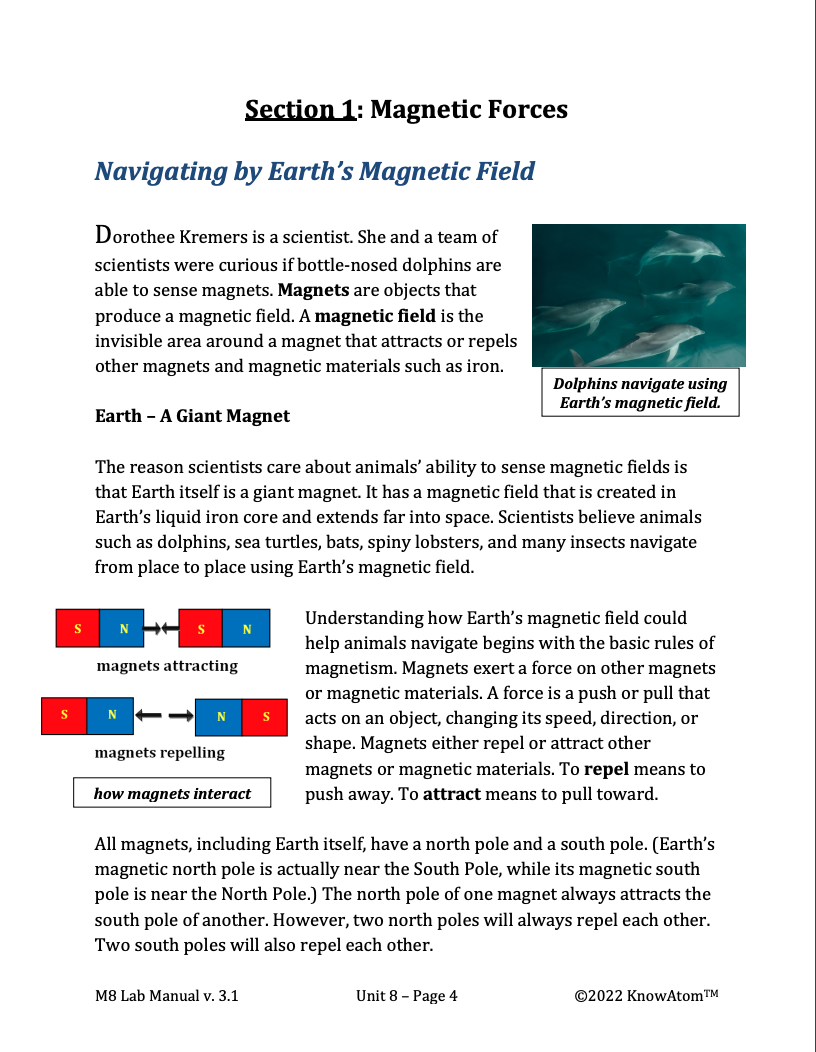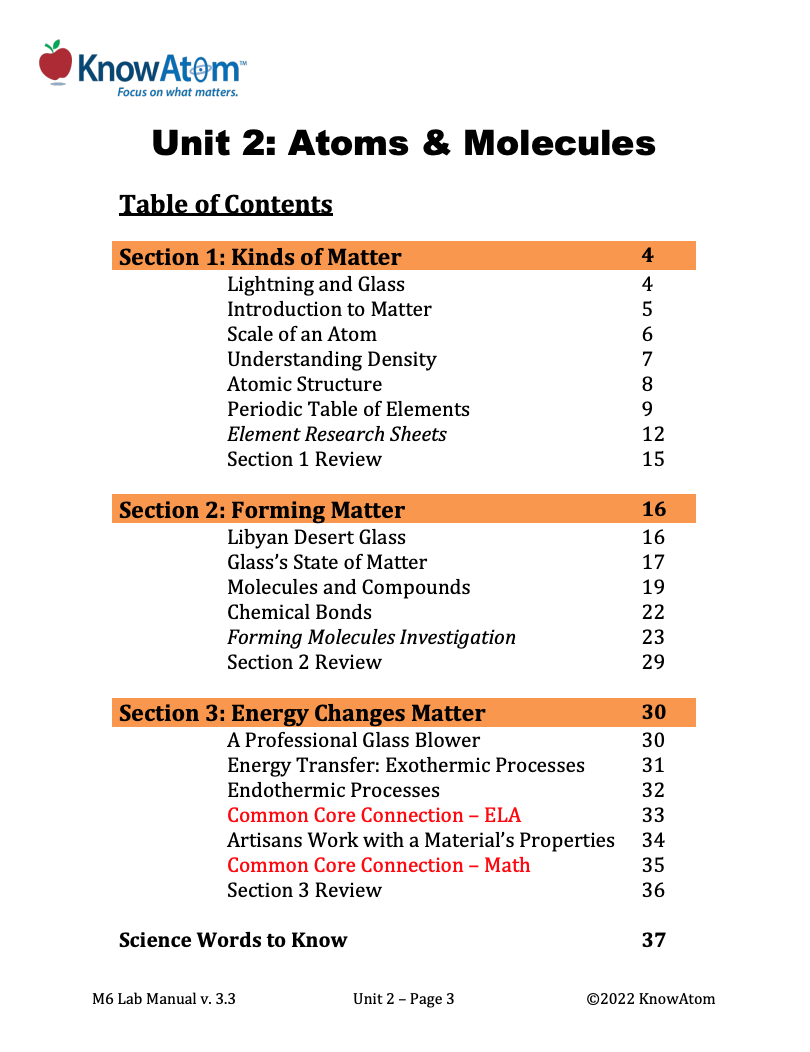.png)
In this unit, students are introduced to science and engineering by exploring several phenomena that relate to cooking. Students begin with an investigation into the structure of matter and how energy determines state of matter. This page is a high level look at key components of this lesson.

In this unit, students focus on the science phenomena of the relationship between gravity and motion, tracing how gravitational potential energy transforms to kinetic energy in different energy systems. In this lesson, they investigate the relationship between the drop height of a bouncy ball and its rebound height. This page is a high-level extract of this lesson.
.png)
In this unit, students analyze the science phenomena of connections between energy, forces, and motion. In this lesson, students use data to construct an explanation about phenomena that occur because of the relationships between an object’s kinetic energy, its mass, and its speed. This page provides an overview of this lesson.

In this unit, students explore the properties of different kinds of waves and the relationship between waves and energy. In this lesson, students investigate how waves can be used to communicate and transmit information. This page highlights key components of this lesson.

In this unit, students explore the science phenomena of interactions between energy and matter, analyzing how matter can only change when enough energy is present. In this lesson, they investigate the structure of molecules, relating this structure to the matter’s properties. This page is a high-level extract of this lesson.
.webp)
In this unit, students use what they know about the relationship between energy and matter to investigate how energy powers the cycling of Earth materials. In this lesson, they analyze the phenomena of processes that form fossil fuels, which determine how these natural resources are distributed around the planet. This page highlights all the parts of this lesson.
Standards citation: NGSS Lead States. 2013. Next Generation Science Standards: For States, By States. Washington, DC: The National Academies Press. Neither WestEd nor the lead states and partners that developed the Next Generation Science Standards were involved in the production of this product, and do not endorse it.
